Webroot would like to wish our fellow gamers a happy Video Game Day! To celebrate this epic game playing day, we want to help keep you safe and highlight the top motivation for PC gaming attacks.

Gamers are being targeted more and more by malware, trojans, and keyloggers, especially those that participate in pay-to-play games and MMORPGs (Massively Multiplayer Online Role-Playing Game). Your accounts, personal identity, banking information and even credit card numbers can be stolen if you are playing without a cyber-security solution. The PC gaming market is increasing rapidly and is expected to reach $30.9 Billion in 2016, and with that, the targets are getting bigger and more lucrative.
Top Motivations for PC Gaming Attacks:
- Financial Gain: To obtain records of your secure data
- Digital Assets: Take control of your account to sell or trade
- Social Hacking: Damage to user reputation and identity theft
- Free Gaming: Access to your user account for free gameplay
So the motivation is there, but some people might insist that the threats do not exist. But already this year, we have seen a large variety of attacks targeting gamers through a variety of methods. Some are simple, others more advanced, but the threats against gamers and their accounts do exist.
Top Threats in 2015:
- Spear Phishing: Targeted attacks via email and game chat to steal login information
- Keylogging: Captures keystroke information and sends it to the attacker
- Chat Attack: Hacking attempts where the attacker embeds the attack via chat systems on Skype, TeamSpeak, Steam, League of Legends, etc.
- Ransomware: Malware that restricts access to a system until the ransom is paid
- Trojans: The attacker sends the system instructions to install malicious software or remote execution of system commands and other data intrusion
Some gamers defend the idea of installing no antivirus security one their machines, citing claims of slowed performance and interruptions. While traditional security solutions often have gamer modes, they still impact security, and others will turn off security layers during game play, rendering machines less secure.
Top Reasons Why Gamers Don’t Use a Security Program:
- They rely on free diagnostic and clean-up tools
- There are too many alerts and interruptions during gameplay
- It slows down their gameplay
- They aren’t concerned about infections
- It requires switching to a gamer mode
But new technologies do exist that are designed to keep gamers safe while playing online, even in this ever increasing threat world. Webroot SecureAnywhere for Gamers will not scan or update during your game and does not require a gamer mode.
Using real-time protection without sacrificing performance be using the cloud, Webroot SecureAnywhere ® Antivirus for PC Gamers reduces maintains a small footprint the PC increasing drive space, decreasing hard drive read/writes, and improving overall performance. No longer do gamers need to make the sacrifice of turning off security software to increase their speeds. One of a gamer’s worst nightmares is being milliseconds away from a kill shot or reaching a checkpoint when their screen minimizes for a Windows Update or a system scan from their antivirus solution. That’s why Webroot’s gamer security will not alert you or minimize your screen during gameplay. We understand the importance of lightning fast internet connections and zero slowdowns during gameplay.
To learn more about Webroot SecureAnywhere ® Antivirus for PC Gamers, click here.







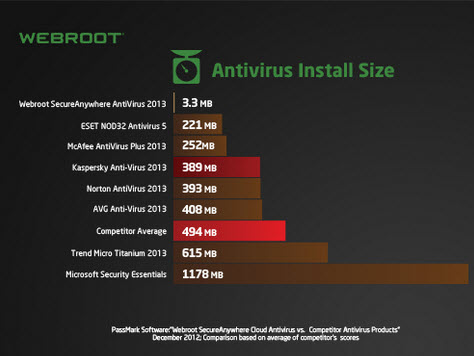


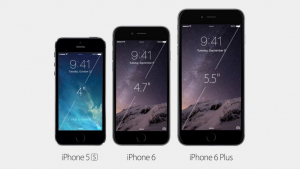
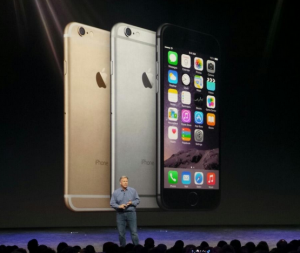
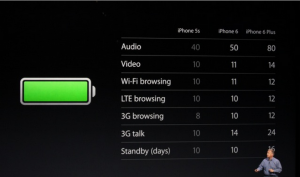
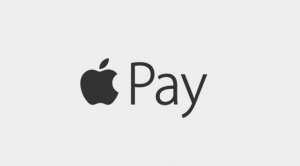
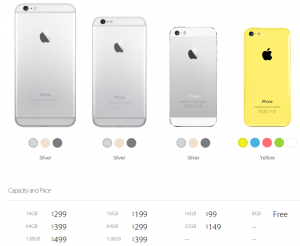
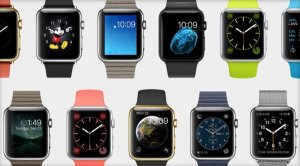

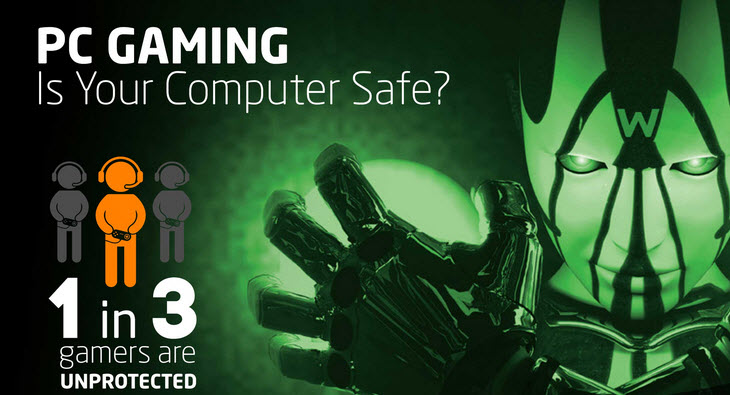
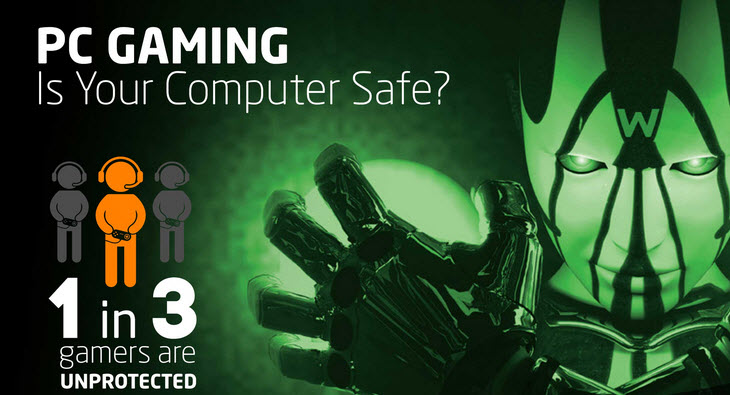
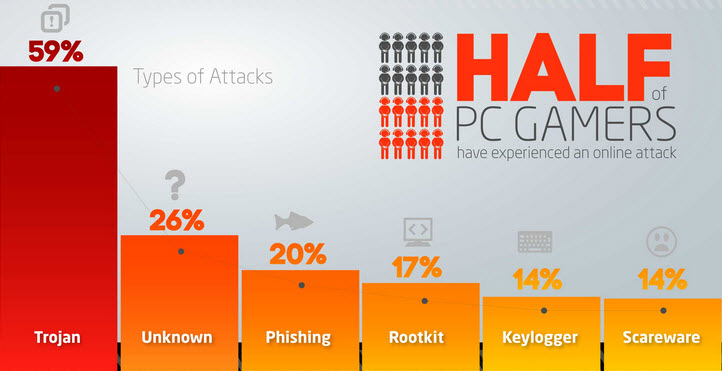

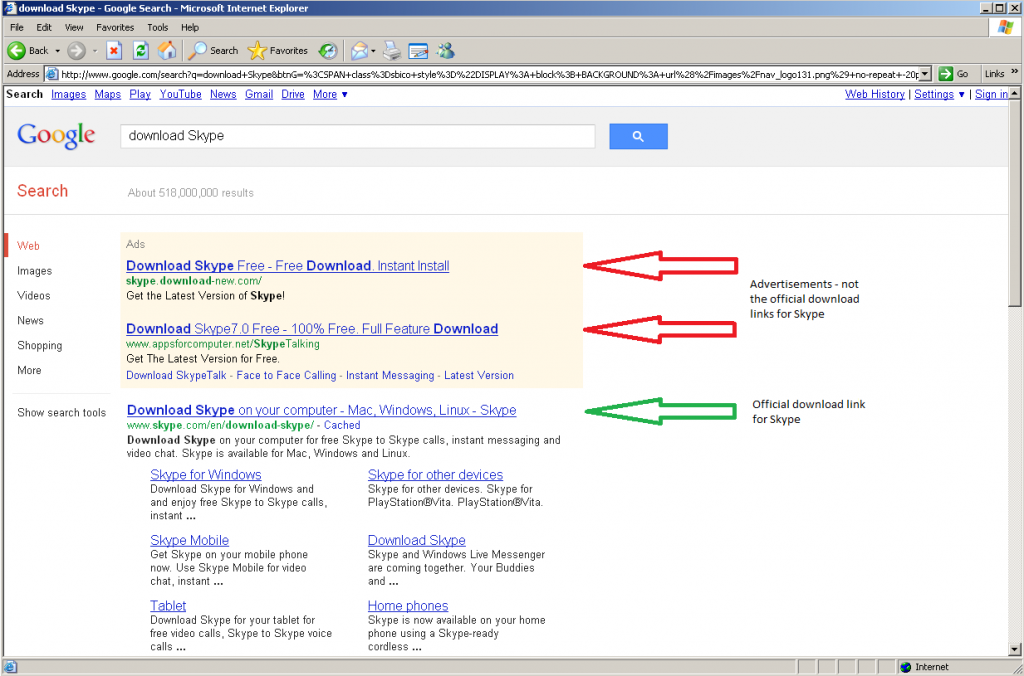
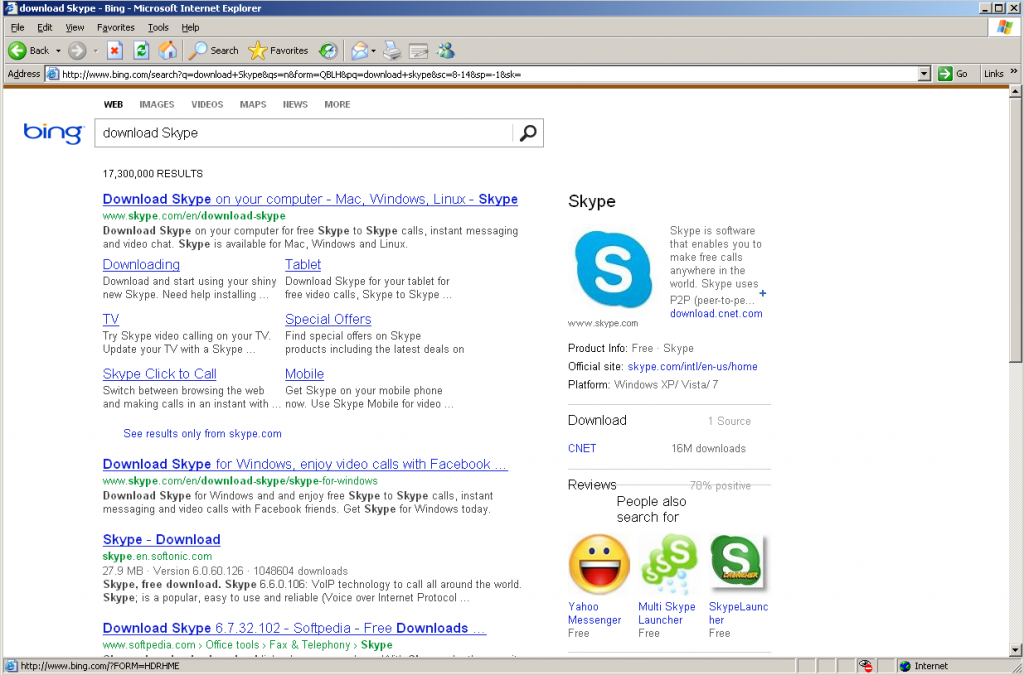
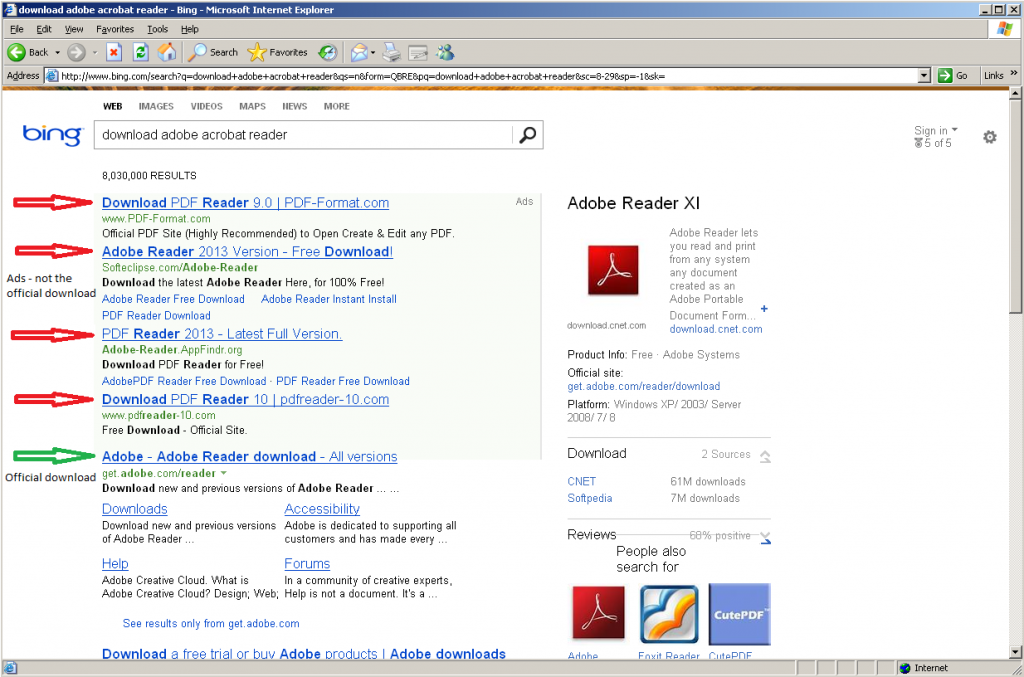
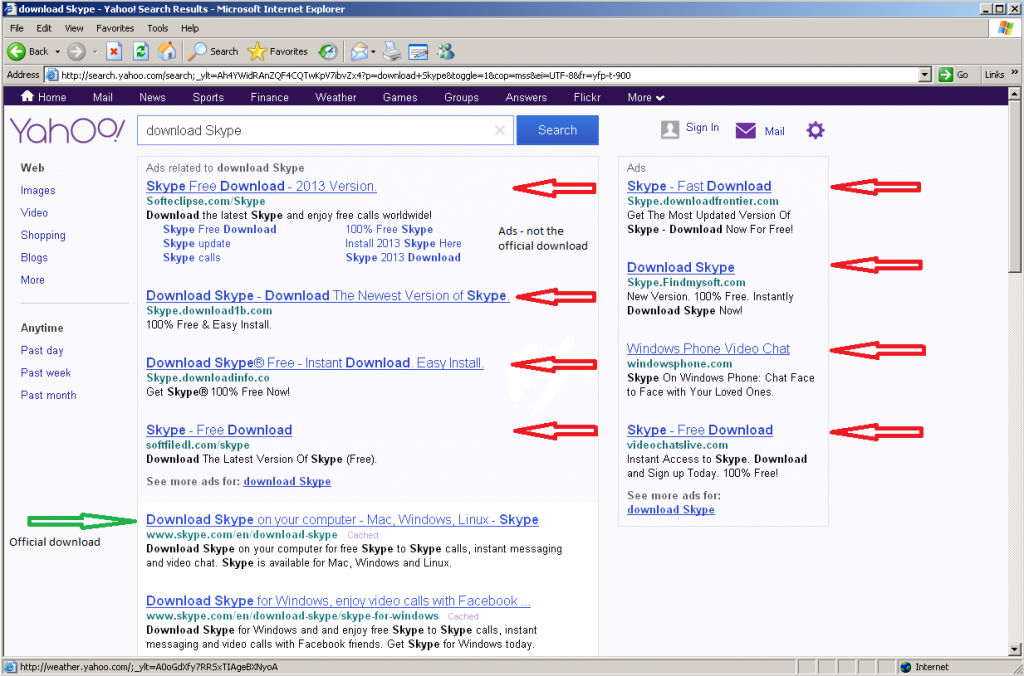



































 E3
E3